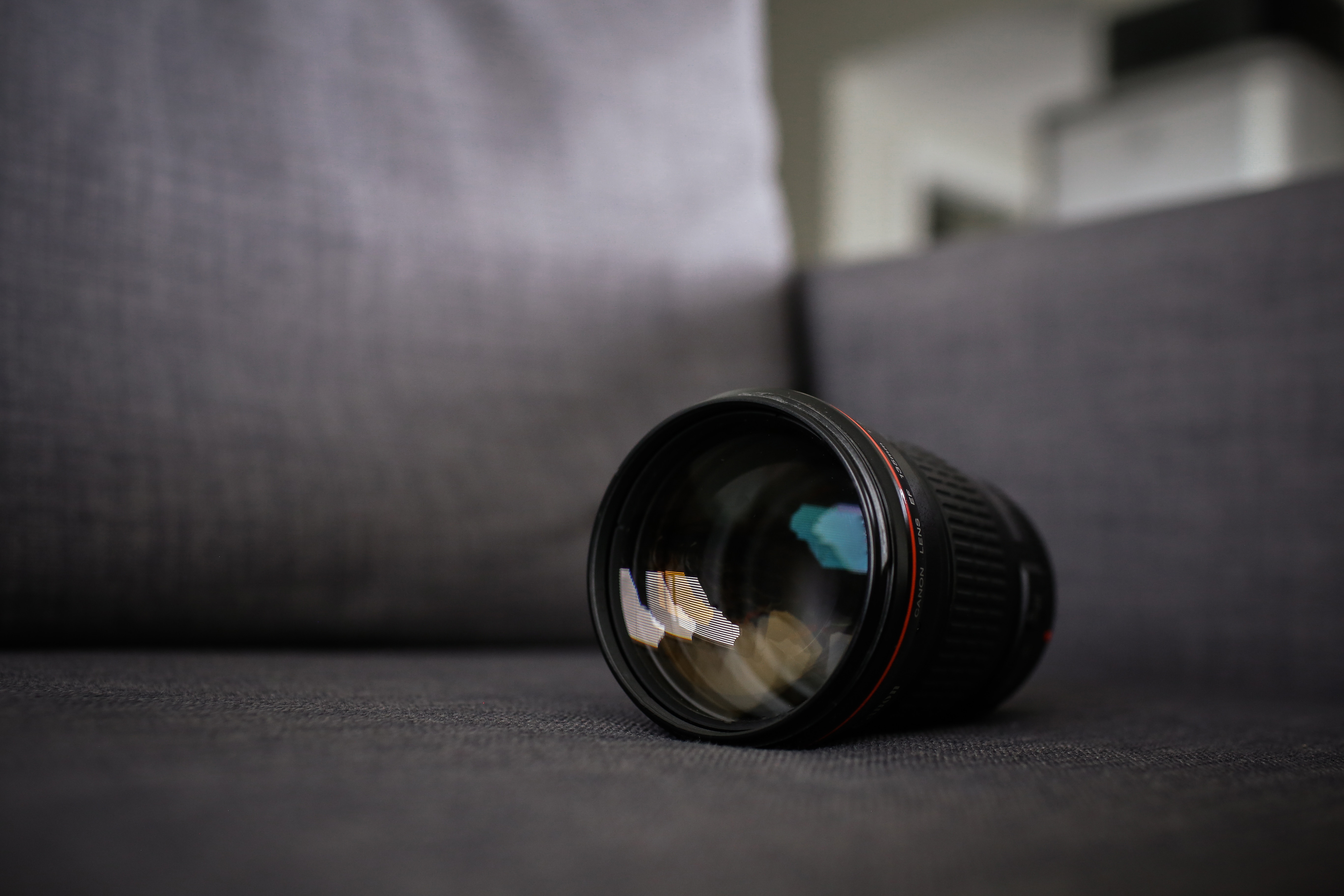As is often the case, I like to discuss hot topics from the IAFN community site over here, as well. In part, because FHO reaches a different audience to an extent, and in part because I have a little more flexibility on my own site. Recently a question was posed about deleting blurry or otherwise unusable photos. Kosher or no? If you delete a photo is it “destroying evidence” as some claim, or is it something less nefarious? I will repost a portion of my response to the question on the community site here and then add a bit to what I previously posted over there:
[P]hotos are taken for the purpose of documenting findings as part of the medical record. Just as our colleagues in other areas of medicine take photos to document findings (and delete photos that aren’t useful for those purposes, such as blurry ones), so too do we. Those photos may then be used, along with the rest of the medical record, in a criminal or civil proceeding. At that time I have to testify as to whether my photos are “true and accurate” depictions of what I saw on exam. I am swearing under oath that my photos display what I saw. Just as I swear under oath that the swabs were obtained from the places I say they were obtained, or that the statements in my documentation actually reflect what the patient said to me.
To be honest, the idea that we are “destroying evidence” seems to be an arbitrary one. We don’t maintain specula after female sexual assault medical-forensic exams, but certainly, we could argue there is “evidence” potentially present on them. We don’t worry about it because there are swabs that theoretically captured the same “evidence”. I view this under a similar light. And being able to discuss my (current, regularly reviewed) policies and procedures and articulate why I may have deviated from them (if in fact, I did) is what speaks to transparency, in my opinion.
People possess a variety of philosophical viewpoints about their practices, which means we will probably never achieve consensus on this issue (as is the case for many things in our field). What is true for everyone, regardless of practice philosophy, is the need, when testifying, to be able to explain the rationale for why we do what we do with patients. We probably don’t have to agree on much else, but we do need to agree on that point. And I would go a step further and say that we need to explain the clinical rationale for why we do what we do with patients. Making decisions based on what law enforcement, or prosecutors or a camera software system manufacturer think is best has the potential to put people in as uncomfortable a position as deleting the specific photos, so the question will always be, why?
- If your response is, I didn’t delete any photos because I didn’t want to destroy “evidence”, be prepared for hard questions about who asked you not to delete photos, the purpose of the photos you took, and your general alignment with investigatory vs medical procedures.
- If your response is, I delete any photos that don’t adequately document what I saw at the time of exam, be prepared for difficult questions about theoretically destroying evidence.
For what it’s worth, there doesn’t appear to be much in the way of consensus, or even guidance, on this issue in the texts I most frequently use in my practice. The Atlas of Sexual Violence doesn’t address it in any way; Forensic Emergency Medicine (2nd Ed) does address it, but states in regards to deleted digital images:
The photographer should be ready to openly explain why the image was deleted. Possible explanations include “the image was out of focus,” “lighting was inadequate,” “technical problems with the camera settings,” or “my fingers got in the way.” An open and honest response should quiet any ill-mannered attorney. (Smock & Besant-Matthews, Forensic Photography in the Emergency Department, pp 289-290).
There is no “gold standard” on this issue–just a variety of opinions on whether or not it should be done. Anyone wanting to forward me scholarly work on this topic, by all means, please–I will compile a lit review for the FHO community and for wider distribution. Until then, I actually do think we will have to agree to disagree.
So there you have it. Make informed decisions. Consider the rationale behind the choices you make. Know how to articulate your decision making at trial. Nothing new to see here, folks. But always interesting discussion.
{Not legal advice, not official guidance–the world as I see it. Take it for what it’s worth.}
[Add, 9/8: A couple folks have sent or asked about SWGIT‘s standards, which I appreciate and will simply say–yes, these are the standards for forensic photographers in law enforcement. We aren’t law enforcement, and our photographs are taken for a different reason. So again, I stand by the statement I made earlier, I don’t believe there is a gold standard in our profession at this point.]


3 replies on “Deleting Blurry and Unusable Photographs”
As usual, you are thinking outside the box and all the way around it!! Thanks so much for your insight, it is very much appreciated. Love the food for thought!
Thanks, Christy!
Greetings Jen , I really appreciate your perspective and use a similar view in my practice and what I teach. One other point for deleting poor quality images- in my experience I often take many photos especially if there are many injuries. Most often- the photos selected for court [by DA’s or defense attorneys] are a significantly paired down representation of those taken. Specifically redundant images of the same injuries are seen as prejudicing the jury. . . so I have found that only the best depictions are actually used. And only one depiction generally of any injury.